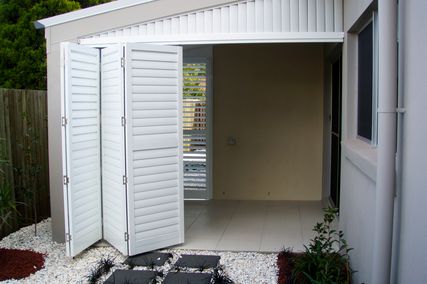
Detention Centre photograph obtained from the Human Rights and Equal Opportunity Commission’s National Inquiry into Children in Immigration Detention. Reproduced from the website http://www.humanrights.gov.au/
EVERY YEAR, THE November issue of Architecture Australia celebrates the National Awards of the Royal Australian Institute of Architects by recording the winning projects and publishing the jury citations. Through this celebration, the magazine makes the awards available for discussion by the wider architectural community – our readers can contemplate the winners and speculate about why a particular jury considered these projects to be the best of the year’s architectural output. They can marvel at the skill, elegance or bravado of individual projects, identify trends evident in the overall selection, or rail against unpopular decisions.
Publishing the award outcomes is also the most overt manifestation of the magazine’s role as the “journal of record” for Australian architecture. Although limited page space means that we cannot cover each winning project in great detail, by presenting drawings in relation to selected images and the jury citations we hope to give our readers a sense of each project – enough to encourage them to seek further information, perhaps to visit, and to begin to make their own assessments, both individually and collectively. Through this process the canon of Australian architecture is built.
The awards system is an important way of bringing projects and architects which might otherwise remain unknown into the public realm. As such it plays an important role in constructing the canon of Australian architecture. But, of course, awards selections are contested: everyone has an opinion as to the worth of a project and the aptness of a jury’s judgement. Neither the jury nor the magazine has a final say. Although it is a good start, winning an award, or being published, does not guarantee entry to the canon. Canons are made through communal discussion over time and publications and awards are important ways of making a project available for such discussion.
The most influential and compelling account of canon formation in architecture is still perhaps Juan Pablo Bonta’s exegesis on Mies van der Rohe’s Barcelona Pavilion, published in his 1979 book Architecture and its Interpretation. Bonta charts the pavilion’s fortunes from little-noticed, short-lived (6 months) building at the 1929 Barcelona Exhibition, to its status by the 1960s as one of the “most perfect” examples of Modern Movement architecture. Bonta uses the complex, dramatic story of the pavilion’s critical reception to identify broader processes. He stresses the communal, consensual nature of the canon, the importance of interpretation, and the role of photographers and critics in establishing canonic interpretations. “Architecture”, he writes, “becomes incorporated into culture as a result of the works of critics, no less than that of designers.” However, he is at pains to point out that there is no one author of the canonic interpretation of a particular building; it is developed collectively over time, the cumulative, filtered effect of many previous responses.
Architecture might appear to be the most concrete of arts, but its canons are both created through, and underwritten by discussion, by critical texts, photographs and drawings. The media is intimately involved in the building of architectural canons, but so is the architectural public. Now that the jury has drawn our attention to these projects it is up to the broader architectural community to decide, together, if they will go on to form an indelible part of the country’s collective architectural consciousness.
JUSTINE CLARK















